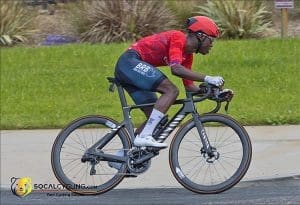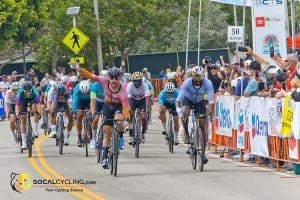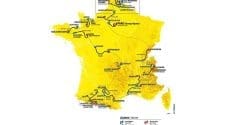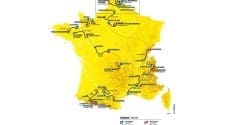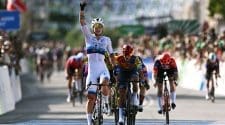A top soccer player like Lionel Messi is certainly well paid. Messi can earn more than the highest annual salary of any professional cyclist – in just six weeks.
The highly-rated Argentine is believed to now earn around 71 million Euros a year ($81 million) at his latest soccer club PSG.
A top footballer in the NFL is not quite as highly paid as Messi and the star soccer players – but they can still dwarf the salary of a cyclist. Top quarterbacks Josh Allen and Patrick Mahomes are each thought to be paid around $45 million a year for example.
At first glance, this may seem unfair, but the reality is that both the NFL and soccer generate far more interest than cycling. The NFL generates millions of pounds every week in betting, increasing the amount of sponsorship money within the sport, which inevitably causes a rise in player wages.
Figures aren’t often publicly available for cyclists’ salaries, but we do have some clues.
Former Tour de France Champion Chris Froome is one of the top professionals in the sport. In the last year, he earned around 5.5 million Euros ($6.25 million).
Other leading cyclists are thought to be around the same figures. The highest salary of any rider, ever, is believed to be Peter Sagan, when he was on the Bora Hansgrohe team. Sagan was paid 6 million Euros, almost $7 million. The rider Geraint Thomas’s 3 million Euros ($3.5 million) annual pay is probably a typical salary for a top professional.
These salaries always seem high for the average sports fan of course – but compared to other professional sports do cyclists get a rough deal?
Top cricket players are now often earning many millions a year thanks to the boom in franchise tournaments like India’s IPL. The leading golf stars can make sums that cyclists could never dream of.
Hockey, basketball, baseball, tennis and rugby stars are able to pocket enormous salaries. And we haven’t even started on the huge money earned by Formula One drivers or champion boxers.
Cycling of course has a problem with its audience numbers. Compared to the big sports like soccer and NFL, the numbers watching cycling on TV are very small.
This leads to advertisers paying less to appear in a cycling show than in a more widely watched NFL football or soccer game. This is the main reason that the revenue generated by cycling is nowhere near the amount created by these bigger sports.
It’s not just the numbers who turn up to the games or who tune in on TV. Advertising on shirts, on barriers alongside the pitch and in sponsorship deals are all much greater in other sports.
Unless the audiences grow, and the advertising deals get bigger, professional cyclists are not likely to see much increase in their annual salaries.
But many experts say if the pay was based on effort, cyclists should be among the top sports earners. Some even say cycling is one of the toughest sports of all.
Plenty of sports claim to be the most physically demanding. All top sportspeople are elite athletes, but some sports make more demands than others. Some think of rugby, boxing, ice hockey or marathon running as contenders for being the toughest. Road cycling is possibly harder than all those, however.
For starters, the endurance factor of elite cycling means it makes aerobic demands that few other sports match. A football or soccer player has a short game to deal with. A professional cyclist needs an extraordinary aerobic capacity and may to utilize that for hours on end.
Cyclists also need highly developed muscular strength, speed and agility as well as that super-human cardio power. And among the truly elite cyclists, there’s another factor: psychological toughness.
A top rider will routinely have to endure temperatures that range from freezing conditions to baking hot sun. They will have to race on stages like the Tour de France’s toughest section: Mont Ventoux.
This is basically a steep mountain road that has an average gradient of 7.6 percent – and the cyclists must race on it as it continues for 21km (or 13 miles). Elite riders must also tackle mountain passes at very high altitudes that sap their oxygen, like the 2,802m Col de la Bonette.
It means these riders are burning around 8,000 calories a day and can have to deal with a fluid loss of a liter an hour when climbing gradients in hot conditions.
And above all those factors a champion cyclist has to be experienced and skilled enough to adapt to deal with the unexpected.
This includes what their rivals do, the weather, the road surfaces and even unpredictable crashes and spectator intrusions. There’s rarely any time for coasting because at any moment a rival may suddenly mount a lung-bursting attack.
The elite pro has to be resilient – and also be constantly alert. There are simply so many variables. The risk of crashes is constant and the long list of injuries is a testament to the dangers. High levels of concentration are vital.
The demands of road cycling explain why top contenders are rarely young newcomers. That’s because it takes years to master all the multi-faceted skills required – not to mention the superhuman levels of physical endurance required.
No products found.



